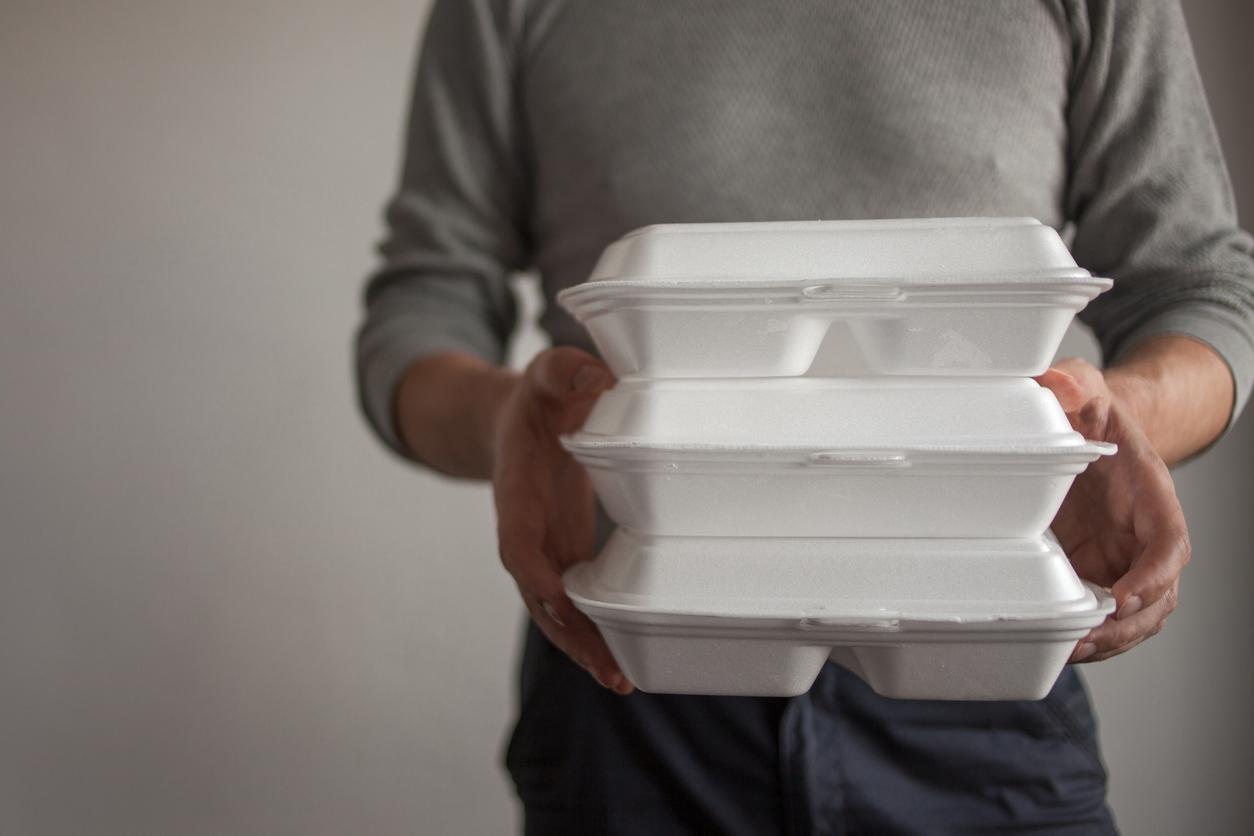Can You Microwave Styrofoam? Investigating Polystyrene and Foam Nomenclature
There is no scenario in which Styrofoam needs to be microwaved by consumers.
Published Nov. 5 2024, 10:19 a.m. ET

Chances are, if you've purchased takeout, you may have mistakenly called the to-go container "Styrofoam." But did you know that the trademarked brand Styrofoam and polystyrene, the foam within disposable takeout containers, are actually different materials?
Styrofoam is a type of polystyrene used commercially. We know that types of foam aren't recyclable and are thought to be harmful to the environment in large quantities, but do we know if Styrofoam can be safely microwaved?
Let's set the record straight, once and for all, and explore why so many people believe that Styrofoam — and polystyrene in general — cannot be microwaved.

Can you microwave Styrofoam?
As a closed-cell foam, Styrofoam products are made to provide insulation for buildings and homes, for example, and not as foam cups and containers. Therefore, there's no scenario in which you'd need to microwave it — you're thinking of the other polystyrene!
DuPont, which produces the trademarked Styrofoam brand, explains that Styrofoam is referred to as "extruded polystyrene" or XPS, which is structurally different from expanded polystyrene (EPS) which is used in products like foam cups and containers.
According to DuPont's frequently asked questions section, "there isn’t a cup, food container, cooler, or packaging material in the world made from Styrofoam Brand material."
Discussions as to the health risks of microwaving EPS-based foam must exclude Styrofoam.

Some believe it isn't safe to microwave Styrofoam.
No, you should not microwave EPS-based foam takeout containers for many reasons.
According to Business Insider —which acknowledges that Styrofoam is not synonymous with EPS — when you microwave food in EPS-based foam containers, you run the risk of chemicals leaching into your food, which does pose a health risk.
"Heat can generate more free chemical building blocks, and it also accelerates their movement out of the plastic and into the food," Biodesign Center for Environmental Health Engineering Director Rolf Halden told Business Insider.
Translation: when you microwave an EPS-based container, the heat is thought to cause the container to more easily and rapidly leach chemicals into your food in some quantity.
Per a Centers for Disease Control and Prevention fact sheet on the chemical styrene, the U.S. Department of Health and Human Services, along with the National Toxicology Program, have acknowledged styrene as a carcinogenic source.
Research and literature reviews continue to delve into the link between styrene and different forms of cancer, such as one National Library of Medicine study from 2011.
In summary: Styrofoam is not used for takeout containers and cups. It is not produced in such a way that consumers would ever access it to microwave it.
The styrene that makes up foam containers, per Allrecipes, is not the same thing as Styrofoam. Rather, it is comprised in part of petroleum and natural gas.